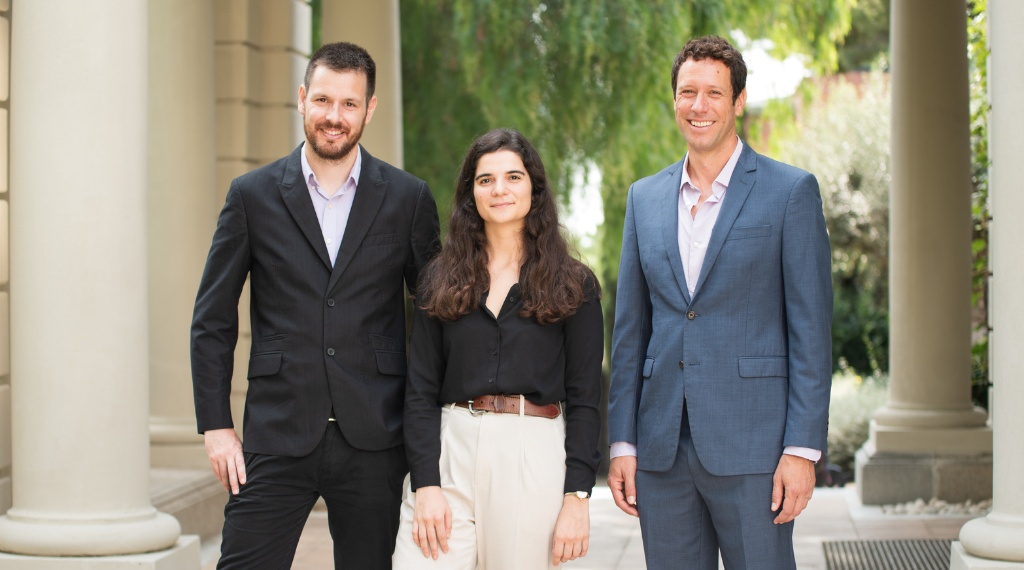Stories
IESE research in Science: Lack of female inventors hinders women’s health innovation
Sampsa Samila's article finds that patents by all-female teams center more on women's health
Science magazine is among the world’s best-selling and most prestigious general science magazines.
Photo: IESE
June 18, 2021

Research by IESE Professor Sampsa Samila published in the prestigious scientific journal Science confirms that the gender imbalance in biomedical R&D teams has repercussions for women’s health and illustrates the link between labor market and product market inequality.
Analyzing more than 430,000 U.S. biomedical patents filed between 1976 and 2010, professors Rembrand Koning of Harvard Business School, Sampsa Samila of IESE Business School and John-Paul Ferguson of McGill University find significant evidence that who is doing the inventing affects what is being invented, and they point to the missed opportunities that this pattern reveals.
Opportunities and Results
The article, titled Who do we invent for? Patents by women focus more on women’s health, but few women get to invent, specifically finds that all-female teams of inventors are 35% more likely to focus on women’s health than all-male teams are.
Only about 13% of U.S. patent inventors today are women. Yet this study found marked progress over the years: in 1976, just 6.3% of biomedical patents came from women-led teams while the figure grew to 16.2% in 2010. There is evidence that this 10 percentage point increase has resulted in significantly more innovations affecting women’s health. Interestingly, male inventors are less likely to focus their patented innovations on either men’s or women’s health issues when compared with their female counterparts.
“Effectively, the results are showing that labor market inequality could lead to product market inequality,” prof. Samila explains. “In other words, discrimination in the labor market is not just an issue for the individuals affected, but it affects the entire society due to the absence of the contributions of those who were discriminated against.”
Innovation Inequality
While inventor teams with some women also follow a sex-focus pattern, the pattern is “strongest for all-female invention teams, holds over decades, and is present even within narrow areas of invention,” as the co-authors summarize. This latter point “suggests that the female inventor-invention link is both the result of women working in more female-focused research areas [e.g., gynecology] and female inventors identifying opportunities to invent for women regardless of the area in which they work [e.g., ocular surgery procedures].”
There’s also evidence that women, who currently make up about 35% of STEM scientists, aren’t more plentiful in the ranks of patented inventors for a few reasons — including gender bias in the labor market and in decisions regarding which R&D opportunities are deemed worth pursuing by managers.
The good news is that lowering barriers to disadvantaged groups should help boost innovation and economic growth. “There may still be many untapped market opportunities to invent for women, opportunities that could in turn improve women’s health,” the co-authors state.
Science, a peer-reviewed academic journal of the American Association for the Advancement of Science, is among the world’s most esteemed and popular general science magazines.
Prof. Samila and his colleagues’ research was made possible with funding from the European Union’s Horizon 2020 research and innovation program under the Marie Sklodowska-Curie grant agreement No. 799330.


